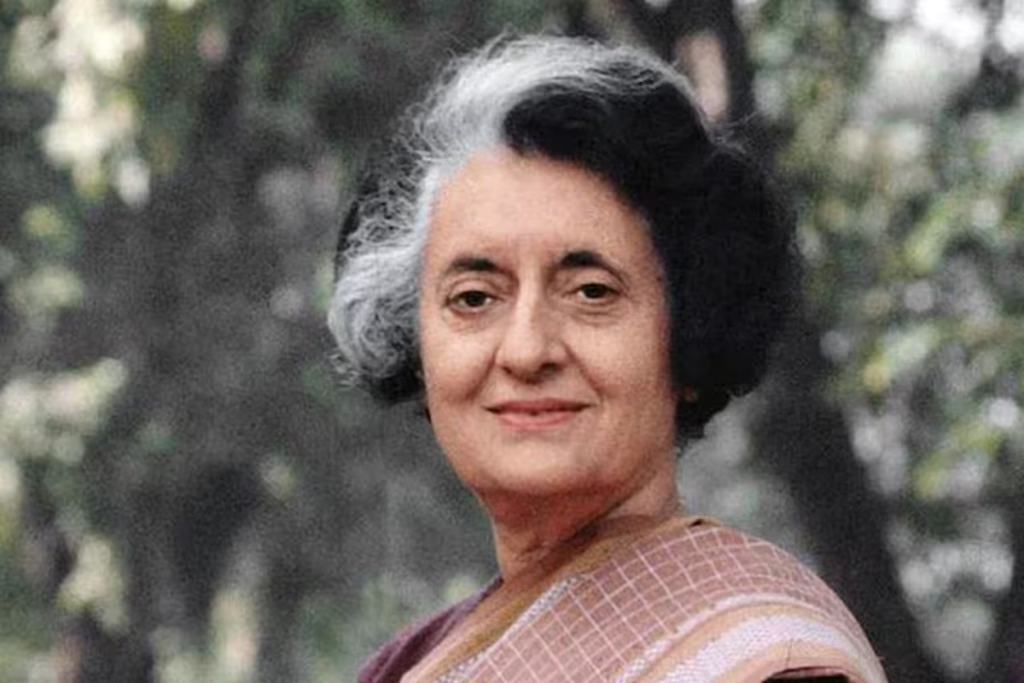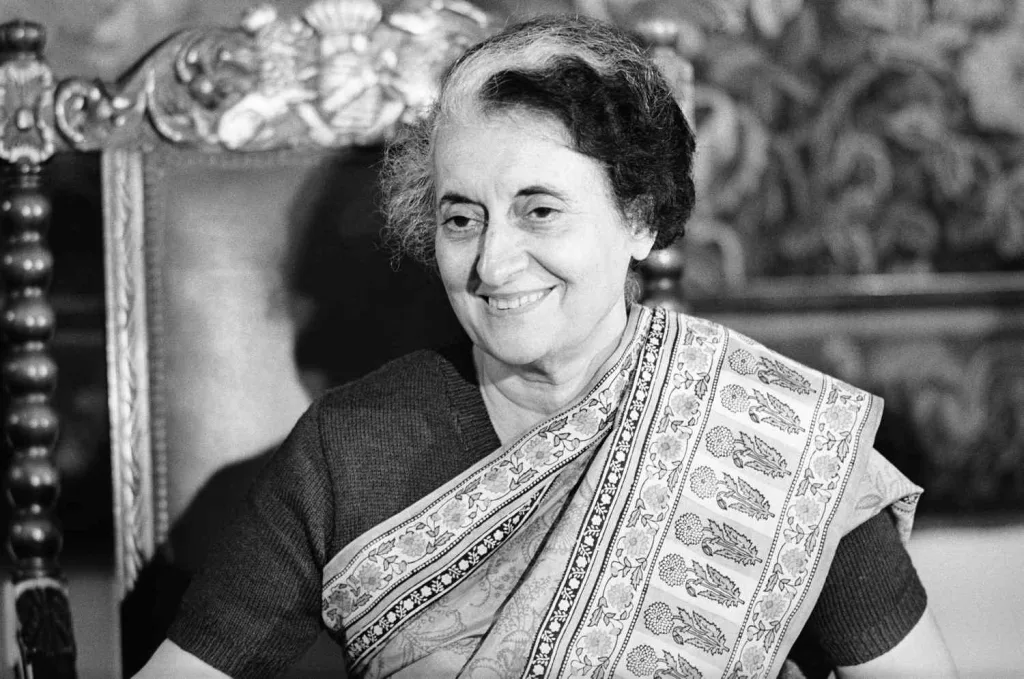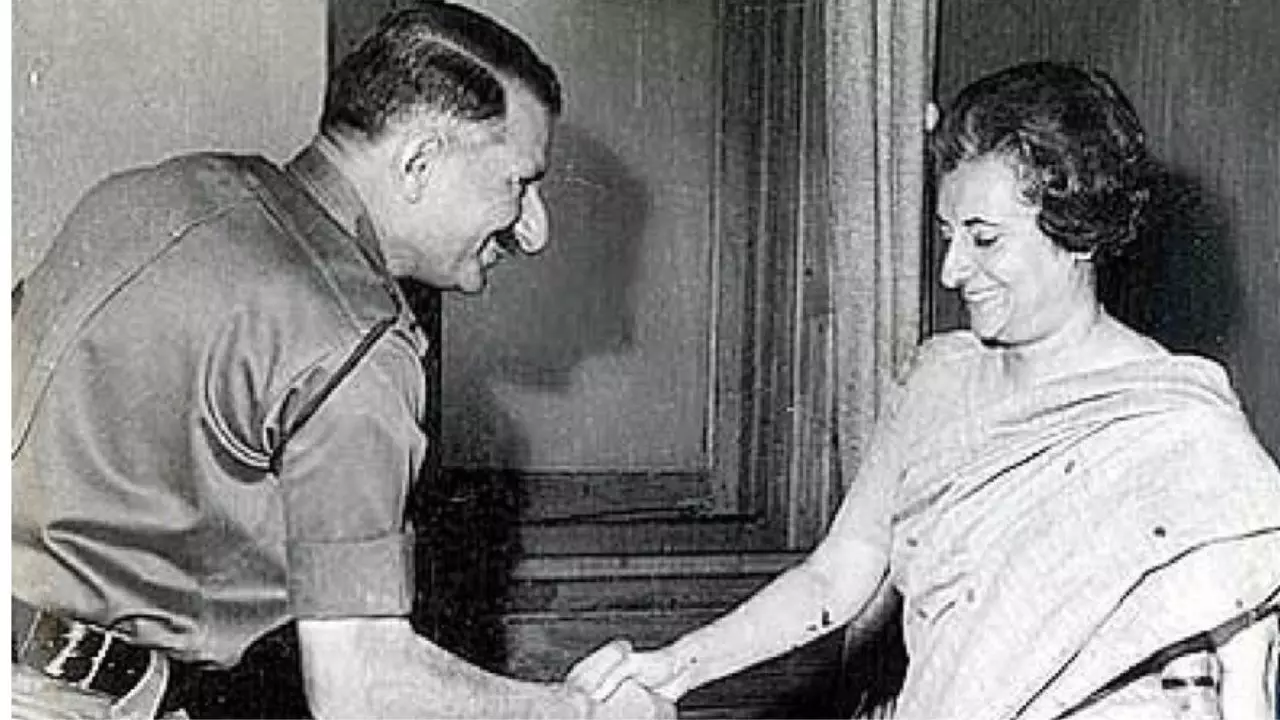Born on November 19, 1917, in Allahabad, Indira Priyadarshini Gandhi emerged from the cradle of Indian politics to become the nation’s first and only female Prime Minister. The daughter of Jawaharlal Nehru and Kamala Nehru, she was named Indira by her grandfather Motilal Nehru, with ‘Priyadarshini’ added by her father in recognition of her beautiful appearance.
Table of Contents
Historical Context of Indira Gandhi: November 19 Significance
Beyond Indira Gandhi’s birth, November 19 marks several significant events in Indian and world history:
- 1838: Birth of Brahmo Samaj leader Keshab Chandra Sen
- 1994: Aishwarya Rai crowned Miss World
- 1997: Kalpana Chawla becomes first Indian woman in space
- 2007: Amazon launches Kindle, revolutionizing reading
This date continues to hold special significance in Indian history, with Indira Gandhi’s birthday serving as a reminder of her complex legacy and lasting impact on the nation.

The Birth of the Vanar Sena
Perhaps the most fascinating chapter of her childhood was the formation of the ‘Vanar Sena’ (Monkey Army) at age 11. This early display of leadership came at a time when her mother was recovering from illness abroad. Despite being dismissed as an “innocent girl” when expressing her desire to serve the nation, young Indira demonstrated remarkable determination.
She gathered neighborhood children, delivered speeches, and established an organization that would grow to include 6,000 members. The Vanar Sena actively supported the Congress party by:
- Distributing party pamphlets
- Providing aid to injured freedom fighters
- Participating in the independence movement
Political Evolution
Growing up in a politically charged environment, Indira was exposed to the freedom struggle from an early age. Notable influences included:
- Regular visits from Mahatma Gandhi to their Allahabad home
- Direct exposure to political discussions from age 3-4
- Practical engagement with the independence movement through spinning khadi
- Early understanding of political organization and mobilization
The Iron Lady Emerges
Despite initially being dismissed as a “dumb doll” by political rival Morarji Desai, Indira Gandhi proved herself to be anything but. Her transformation into the “Iron Lady” of India was marked by:
- Three consecutive terms as Prime Minister
- Four total terms in office
- Decisive leadership during crucial moments
- Bold political decisions that shaped modern India

Controversial Legacy
Her leadership, while transformative, was not without controversy. Two decisions particularly stand out:
- The Emergency (1975-77)
- Imposed on her recommendation
- Led to temporary loss of power
- Remains a debated period in Indian democracy
- Operation Blue Star (1984)
- Military action at the Golden Temple
- Led to her assassination by her Sikh bodyguards
- Continues to influence Indian politics
Read More: Trump Names Fox News Veteran Pete Hegseth as Defense Secretary: A Bold Choice Signals
FAQs
Q1: Why was Indira Gandhi called the ‘Iron Lady’ of India?
Indira Gandhi earned the title ‘Iron Lady’ due to her strong leadership style and decisive action in various critical situations. Her ability to make tough decisions, including the nationalization of banks, the creation of Bangladesh, and her firm stance during international crises, demonstrated a resolve that matched her British contemporary Margaret Thatcher’s “Iron Lady” reputation.
Q2: What was the significance of the Vanar Sena in Indira Gandhi’s political journey?
The Vanar Sena, formed by 11-year-old Indira, was her first exercise in political organization and leadership. This childhood initiative demonstrated her early political acumen and commitment to public service. The success of this children’s organization, which grew to 6,000 members, foreshadowed her future capabilities as a national leader.







